In this section
Ocean Topics
- Climate & Weather
- How the Ocean Works
- Ocean & Human Lives
- Ocean Life
- Sustainable Ocean
- Ocean Tech
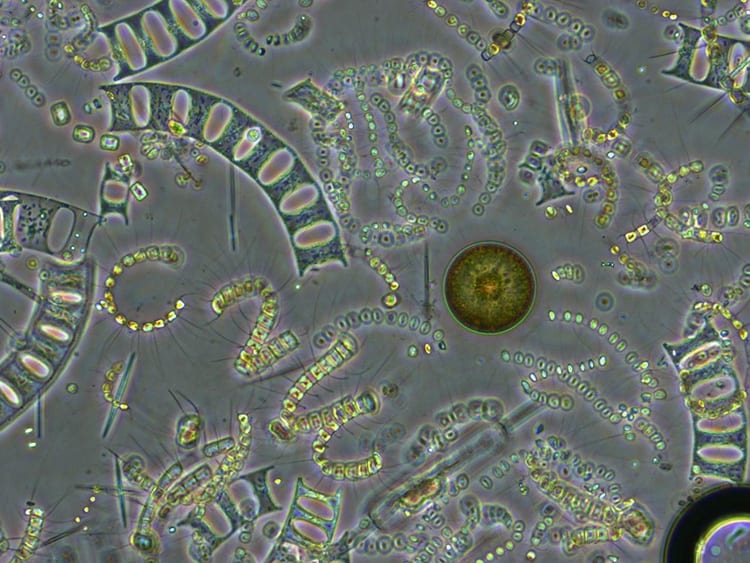
The high diversity of phytoplankton has puzzled biological oceanographers for a long time. There are over 200,000 species of of these tiny marine plants that use sunlight and nutrients to grow and reproduce at the ocean's surface. (Courtesy of Samantha DeCuollo,University of Rhode Island)
Ocean plants have adapted to living in the marine environment and can vary from single cell organisms to thick forests of kelp. These plants are an important food source for invertebrates and fish, they provide oxygen to surrounding marine life, and they support many marine creatures by providing refuge and nursery grounds.
All Topics on Ocean Plants
Phytoplankton
Phytoplankton are primary producers of the ocean—the organisms that form the base of the food chain. WHOI explores the microscopic, single-celled organisms.
Seagrass Meadows
Seagrass meadows are plants adapted to live a completely submerged life in the salty shallows.
Articles Related to Ocean Plants
From Oceanus Magazine
The little big picture
Harnessing the ocean to power transportation
How do you solve a problem like Sargassum?
Seeding the future
The 10,000-foot view
An ocean of opportunity
Five marine living fossils you should know about
A dragnet for toxic algae?
News Releases
Fecal samples from bowhead whales link ocean warming to rising algal toxins in Arctic waters
New global efforts to map and monitor kelp forests extend to South Africa and Namibia
Scientists from the Woods Hole Oceanographic Institution identify heat-resistant kelp strain
Swimming crustacean eats unlikely food source in the deep ocean
Study Clearly Identifies Nutrients as a Driver of the Great Atlantic Sargassum Belt
Natural Wax Holds Promise to Replace Petroleum in Cosmetics and Personal Care Products
The Great Atlantic Sargassum Belt
News & Insights
Valentine’s Day Courtship Tips from the Ocean
Recognizing Massachusetts Right Whale Day
What happens to natural gas in the ocean?
WHOI working to address ocean acidification; protect region’s vital shellfish industry
Unicorns of the Arctic face a new potential threat
WHOI in the News
NASA’s new PACE observatory searches for clues to humanity’s future
A new satellite could help scientists unravel some of Earth’s mysteries. Here’s how
Falmouth is losing eelgrass. An expert explains why that matters
‘Unprecedented’ decline in kelp forest in Monterey Peninsula
Dean Bumpus: Tracking Ocean Currents
Features
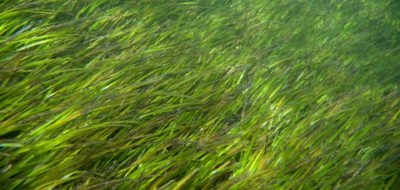
Seagrass meadows are plants adapted to live a completely submerged life in the salty shallows.
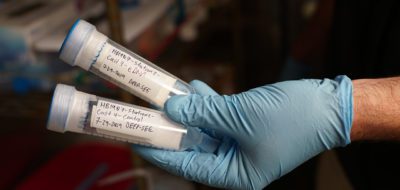
Environmental DNA (eDNA) is essentially DNA collected from the environment. As animals swim through the ocean, they're constantly releasing DNA…
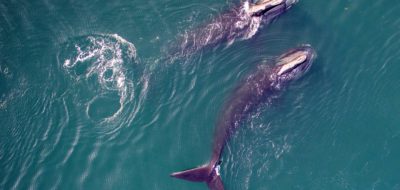
Northern right whales are large baleen whales known for their distinctive callosities and slow-moving nature. Read our FAQ about this…
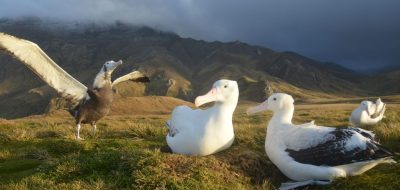
Seabirds have adapted to life in an ocean environment. There are many species of seabirds, and they vary greatly in…

Benthic animals live on the sea floor and are typically invertebrates, such as sea anemones, sponges, corals, sea stars, sea…
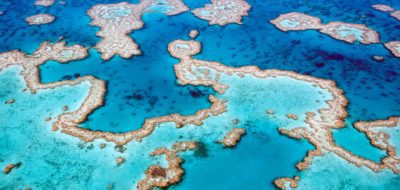
A healthy reef protects coastlines from wave damage, plays a critical role in providing food, boosts the economy, and provides…

Stressors can affect organisms living on the reef or they can affect the corals, themselves. When corals die, other organisms…
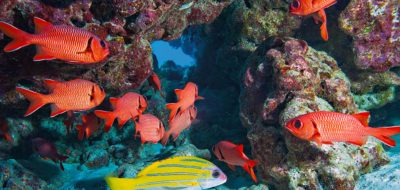
Fish that inhabit a coral reef play essential roles in the reef ecosystem, and reefs without fish struggle to recover…

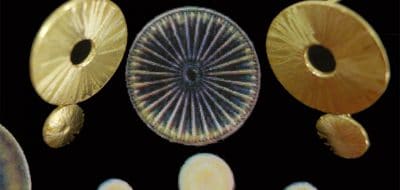
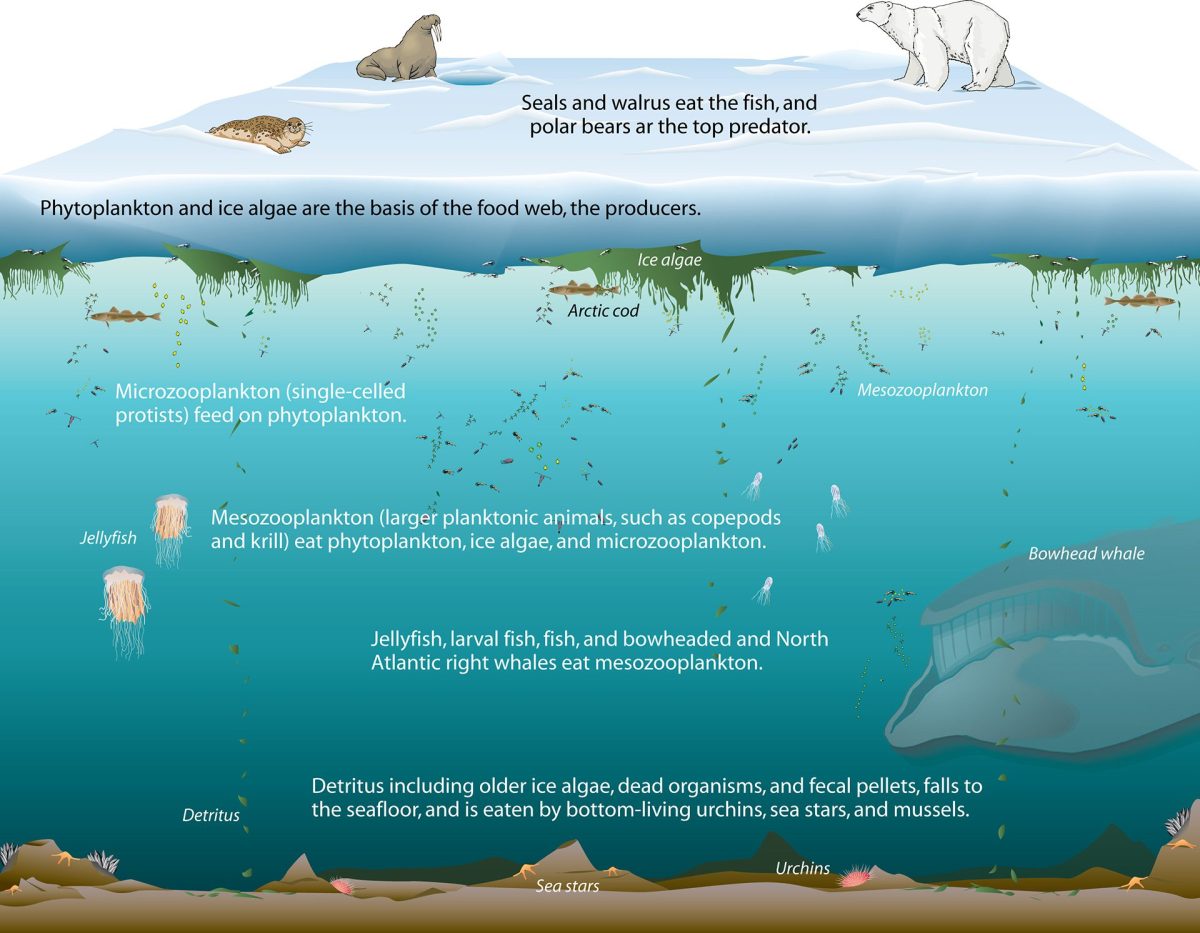
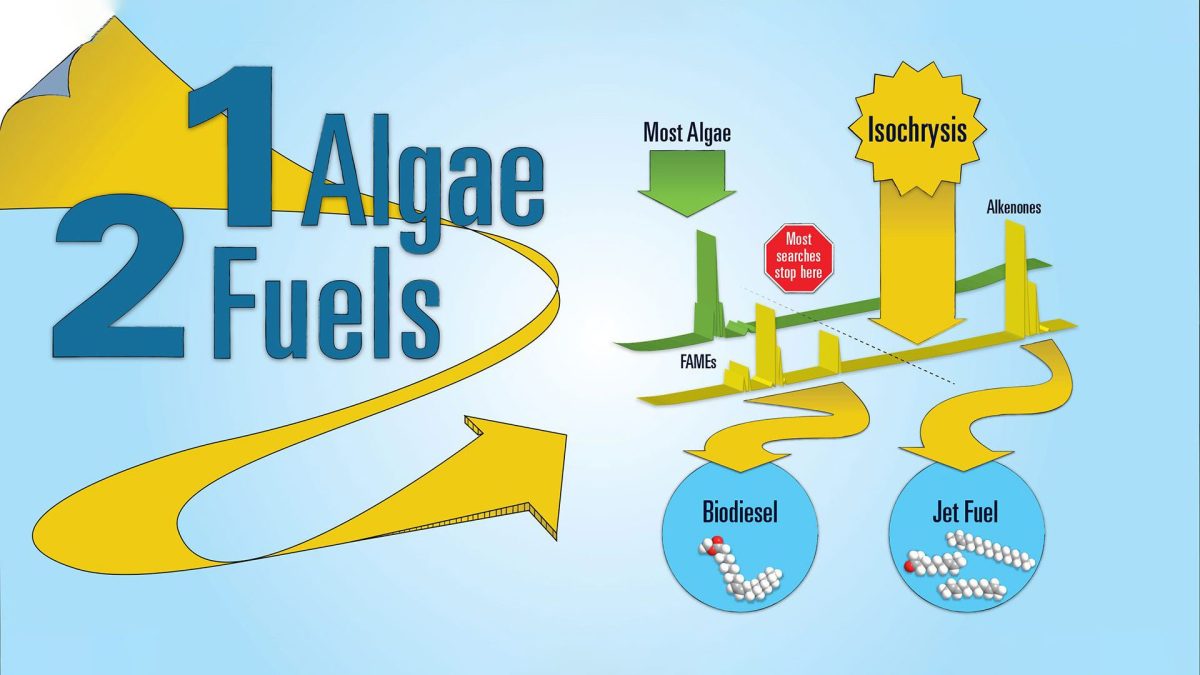

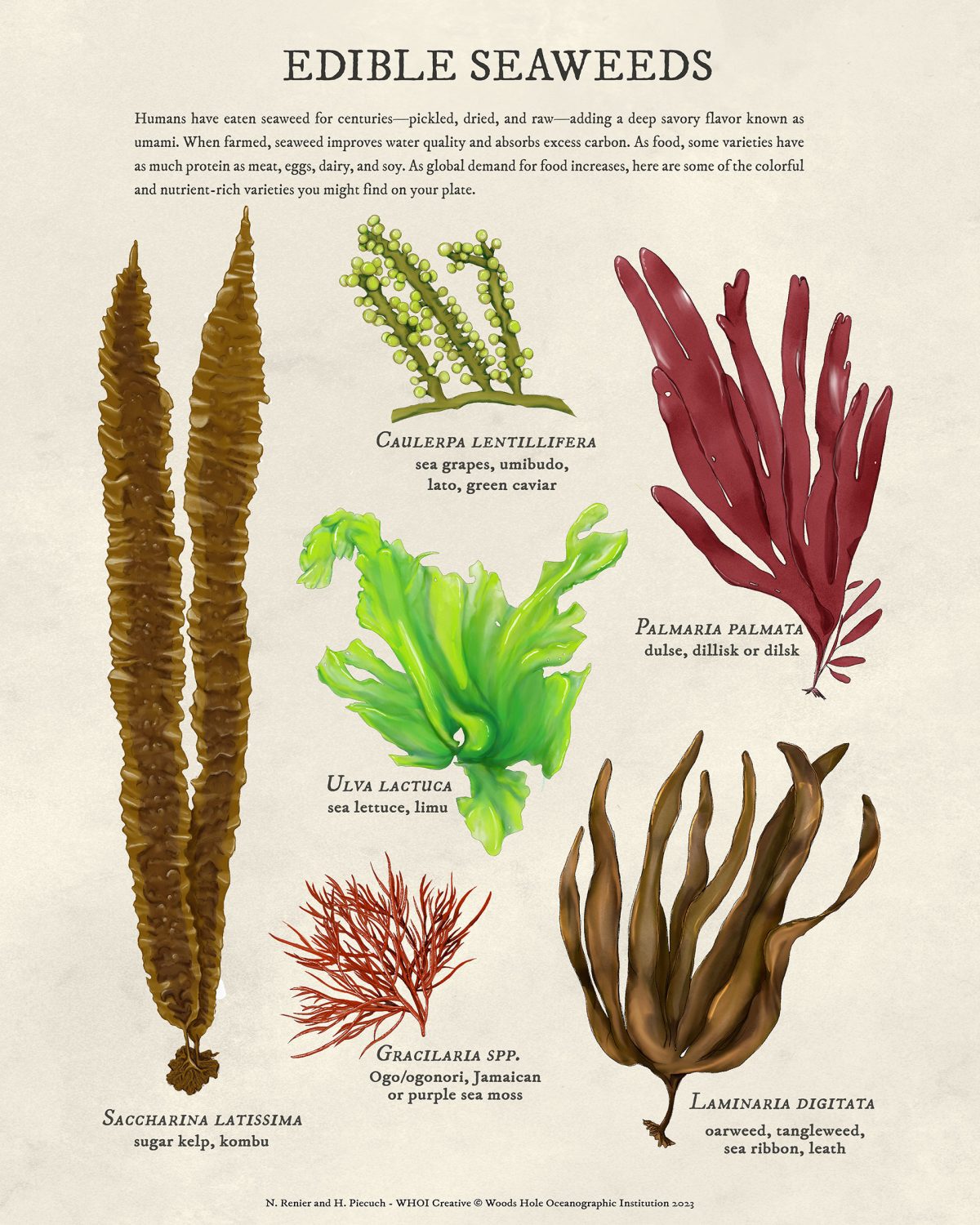
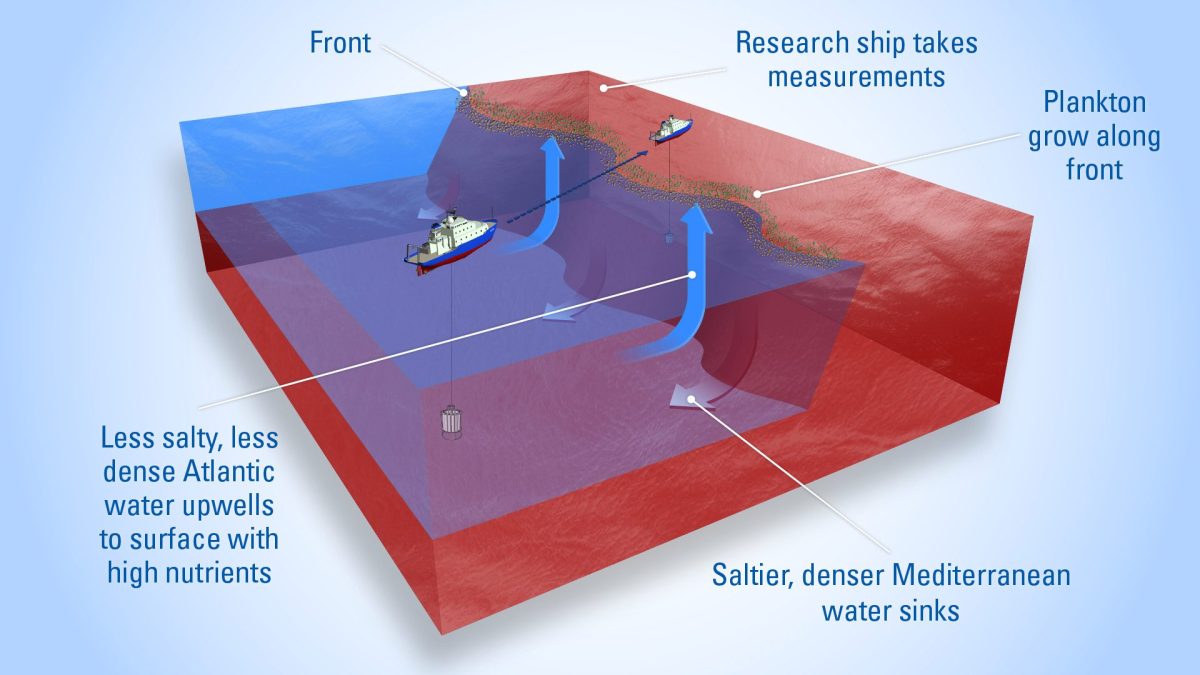
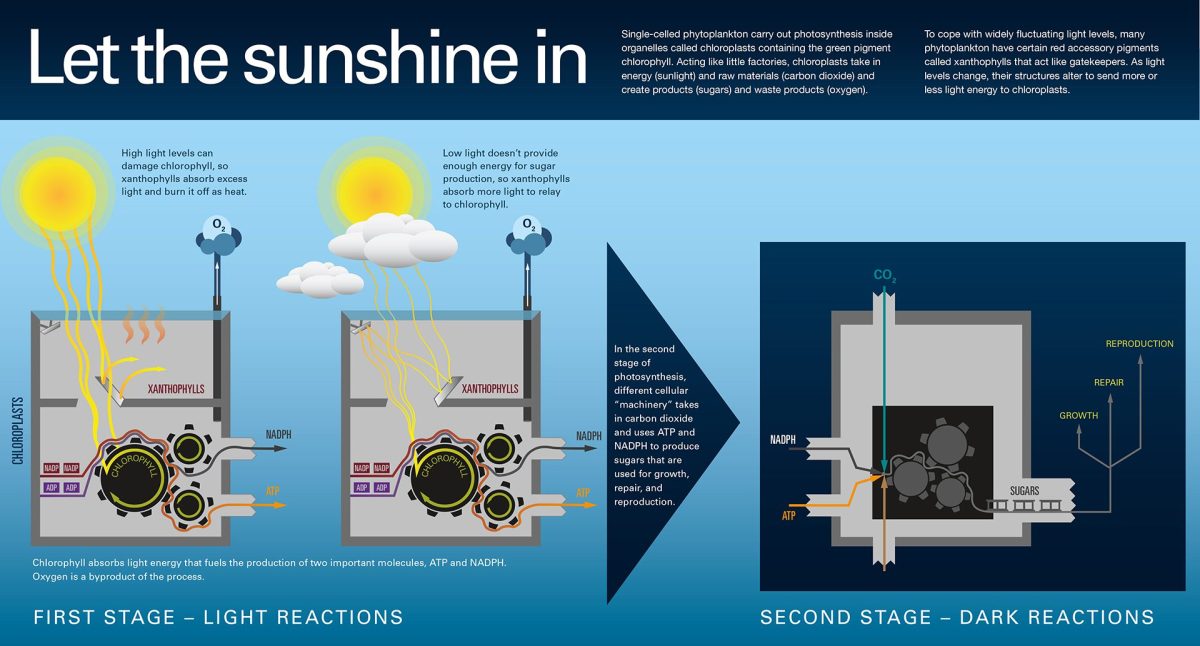
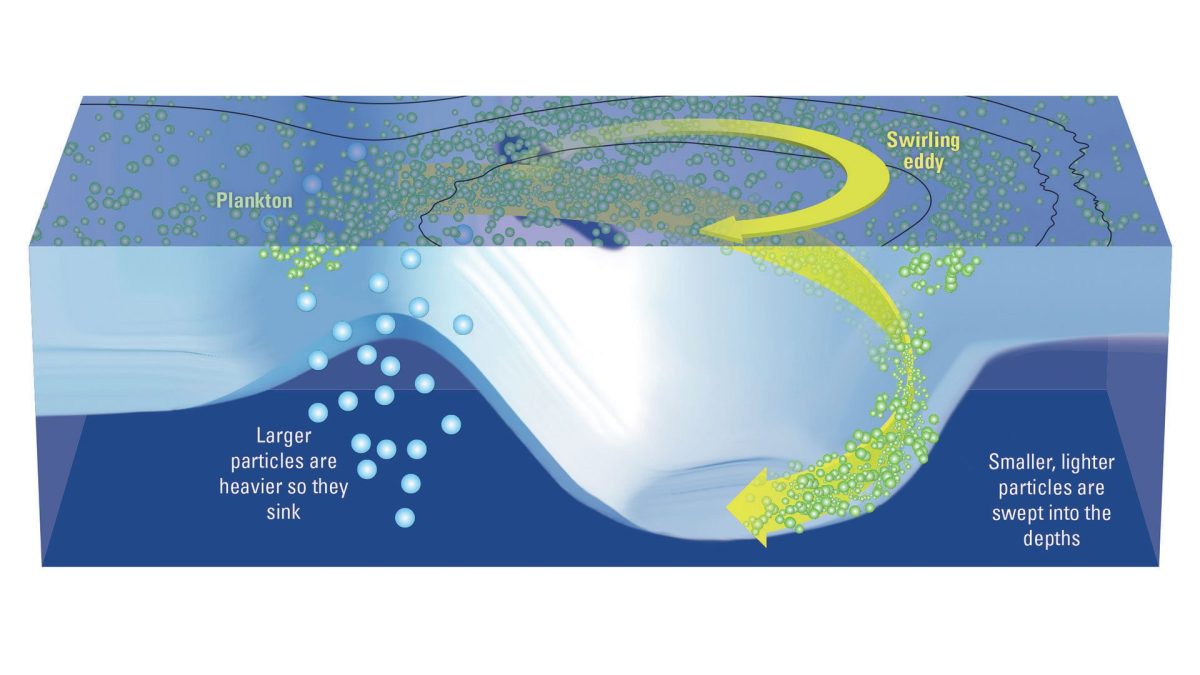
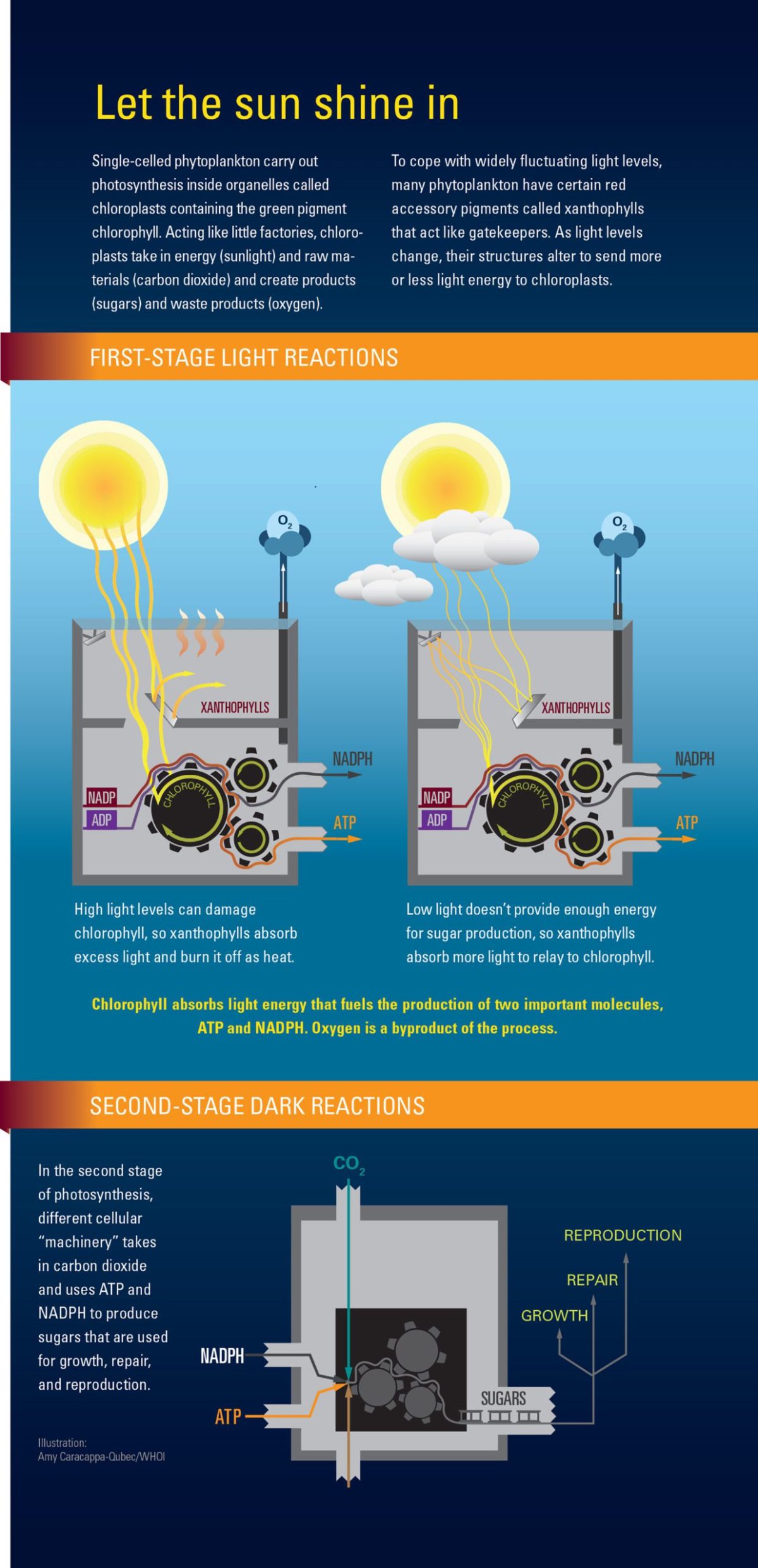
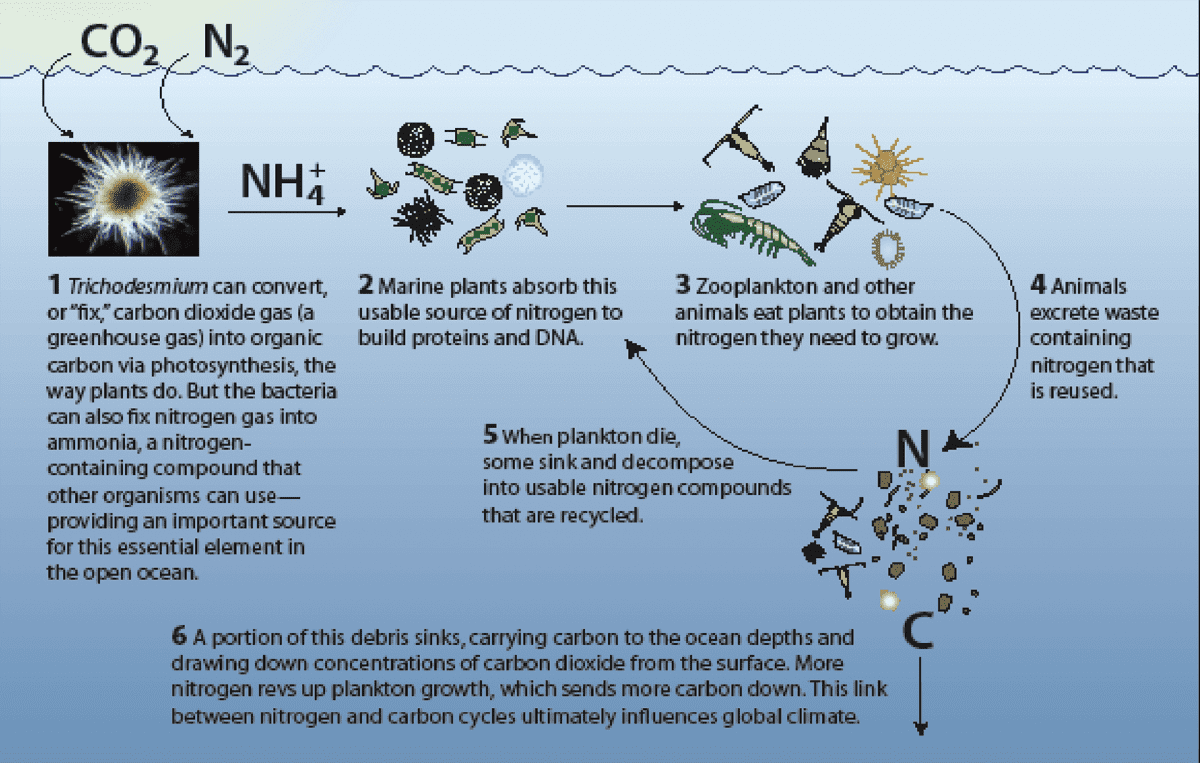
 Phytoplankton
Phytoplankton 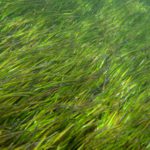 Seagrass Meadows
Seagrass Meadows